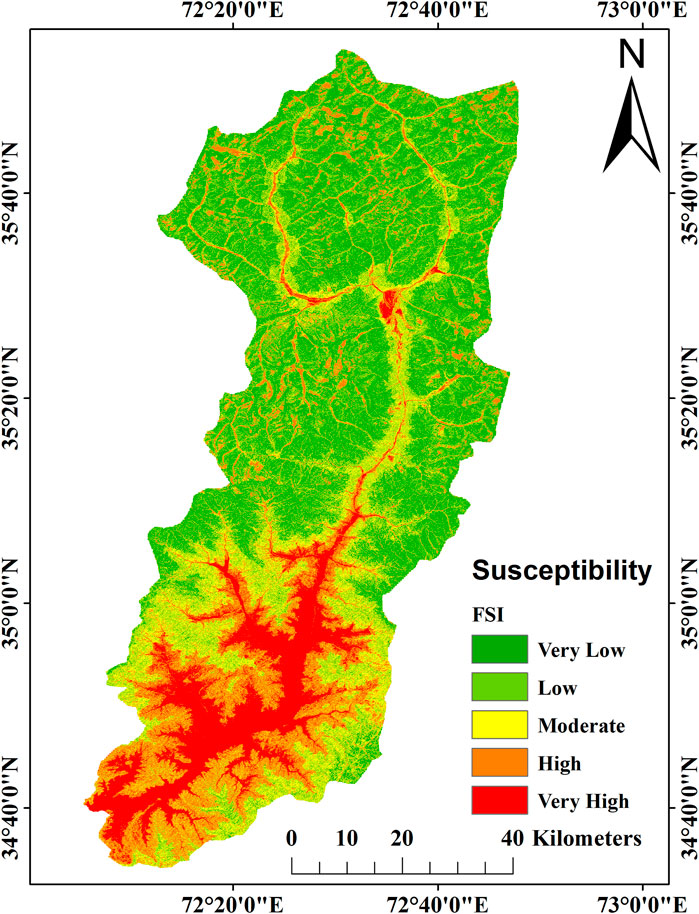Introduction
The Swat River, known for its breathtaking beauty and vital role in Pakistan’s ecosystem, recently became the site of a devastating flash flood tragedy. These sudden, violent floods have claimed lives, destroyed homes, and disrupted livelihoods, highlighting the growing threat of climate change and inadequate disaster preparedness in Pakistan’s northern regions.
This blog explores the causes, impact, and lessons learned from the Swat River flash floods, along with measures needed to prevent future disasters.
1. What Caused the Swat River Flash Floods?
A. Heavy Monsoon Rains & Glacial Melting
- Swat Valley, located in Khyber Pakhtunkhwa (KP), is highly vulnerable to flash floods due to its mountainous terrain and glacial rivers.
- Unprecedented monsoon rains (exacerbated by climate change) led to sudden water surges.
- Glacial Lake Outburst Floods (GLOFs) from melting glaciers added to the river’s swelling.
B. Deforestation & Poor Infrastructure
- Illegal deforestation in Swat has reduced natural barriers that once absorbed excess water.
- Weak infrastructure, including poorly constructed bridges and roads, collapsed under flood pressure.
C. Lack of Early Warning Systems
- Many communities had no prior warning before the floodwaters hit, leading to higher casualties.
2. The Human & Economic Toll
A. Loss of Lives & Displacement
- Dozens killed, including women and children, with many still missing.
- Thousands displaced as homes were swept away.
B. Destruction of Property & Infrastructure
- Houses, hotels, and shops destroyed along the riverbanks.
- Roads and bridges collapsed, cutting off remote villages.
- Farmlands submerged, leading to food shortages.
3. Rescue & Relief Efforts
A. Emergency Response
- Pakistan Army & Rescue 1122 led evacuation missions.
- Helicopters deployed to reach stranded families.
B. Challenges Faced
- Remote locations made rescue operations difficult.
- Lack of emergency shelters forced survivors to stay in open areas.
C. Humanitarian Aid
- NDMA (National Disaster Management Authority) and NGOs provided food, tents, and medical aid.
- International aid from UN and neighboring countries helped, but more support is needed.
Swat River, Pakistan – Flash Flood Tragedy: A Harrowing Disaster
4. How Can Future Disasters Be Prevented?
A. Strengthening Early Warning Systems
- Real-time flood monitoring using satellite technology.
- Community alert systems via SMS and loudspeakers.
B. Reforestation & River Management
- Planting trees to stabilize soil and reduce flood risks.
- Strengthening embankments along the Swat River.
C. Climate-Resilient Infrastructure
- Reinforcing bridges & roads to withstand floods.
- Strict construction laws to prevent illegal buildings near riverbanks.
D. Government & Policy Action
- Enforcing climate adaptation policies under the KP Climate Change Policy.
- Investing in disaster preparedness to minimize future losses.

5. Conclusion: A Call for Action
The Swat River flash flood tragedy is a grim reminder of Pakistan’s vulnerability to climate disasters. Without urgent action—better infrastructure, reforestation, and early warning systems—such catastrophes will keep recurring.
The government, local communities, and international partners must work together to protect Swat Valley’s people and natural beauty before another disaster strikes.
How You Can Help
- Donate to reputable NGOs like Edhi Foundation, Al-Khidmat, or Red Crescent.
- Spread awareness about climate resilience and flood safety.
- Support reforestation projects in Swat and other flood-prone regions


